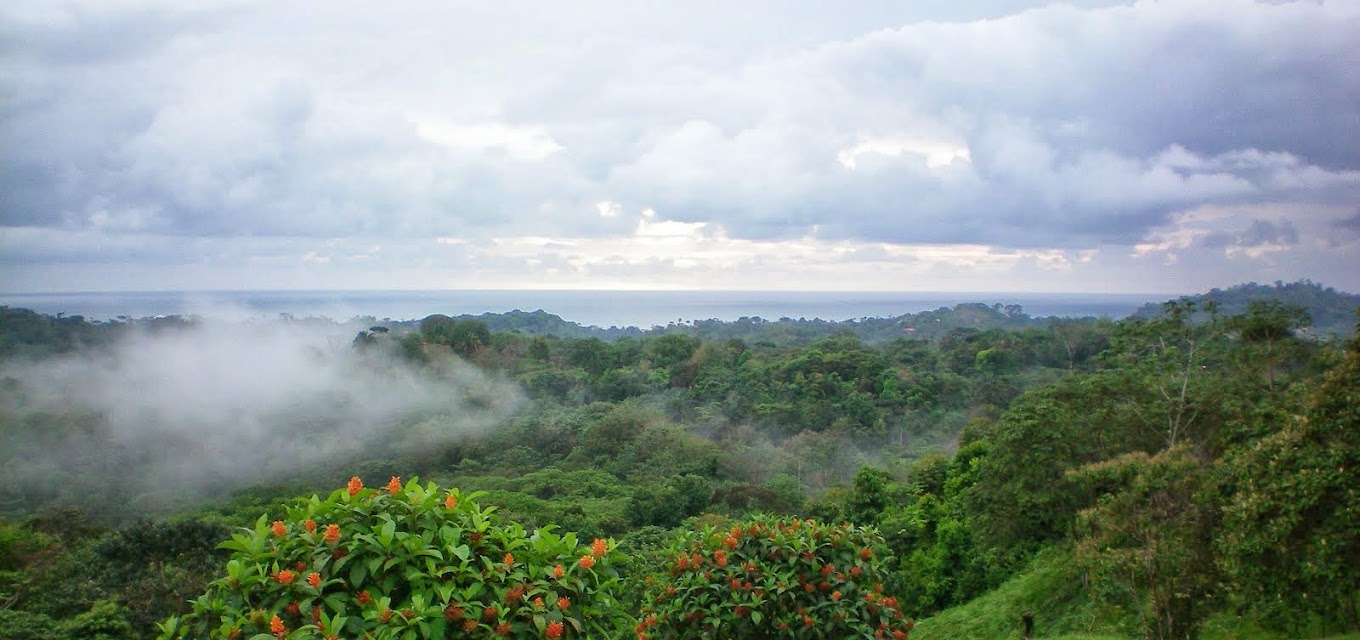Costa Rica is a country with less than 5 million people between Panama and Nicaragua, in recent study performed by the New Economics Foundation (NEF), this tropical country obtained the top overall ranking of the combination of long and happy life with limited environmental degradation.
The country has a beautiful mixture inside a large diversity of species, and there are countrywide efforts to reverse the process of deforestation in order to help the country to produce a higher percentage of its energy from renewable sources.
Costa Rica is the greenest and happiest country in the world, according to a new list that ranks nations by combining measures of their ecological footprint with the happiness of their citizens.
Britain for example is only halfway up the Happy Plane Index (HPI) calculated by the New Economics Foundation (NEF), in 74th place of 143 nations surveyed. http://www.happyplanetindex.org/
The top 10 happiest countries are located in Latin America, while African countries bulk out the bottom of the table.
The HPI measures how much of the Earth's resources a nation is using and how long and happy kind of life their citizens are able to enjoy. This index was introduced for the first time in 2006; the second edition adds data on almost all the world's countries and now covers 99% of the world's population.
The NEF says the Happy Plane Index is a better way of evaluating the success of countries instead of doing it through standard measures of economic growth. The HPI shows, for example, that fast-growing economies such as the US, China and India were all greener and happier 20 years ago than they are today.
"The HPI suggests that the path human beings have been following is, without exception, unable to deliver all three goals: high life satisfaction, high life expectancy, and equitable resource consumption."
Maybe Costa Ricans contentment has something to do with having lesser expectations, or maybe the realization that they do not need to need more if they can fully enjoy what they already have.
Perhaps what makes them happy is the chance to explore dazzling beaches on both sides of the country, while they are not admiring the sloths in the jungle.
The truth is that Latin countries generally do well in happiness surveys and one of the main reasons is the cultural emphasis on family and friends, on social capital over financial capital.
One of the aspects that set Costa Rica apart from other countries is its remarkable decision in 1949 to dissolve its armed forces and invest instead in education and other social programs. Less belligerent approach and more education that is basic have created a more stable society, less prone to the conflicts that enveloped other countries in Central America. I am not antimilitary; however, it seems like in Costa Rica education, social programs and health care have been a better investment than artillery.
It is fair to say that Costa Rica has done an unusually good job preserving nature, and it’s surely easier to be happy while living under sunshine and greenery than while shivering up north and suffering “nature deficit disorder.” Most recently it has been putting great emphasis on the environment and the Ecotourism and somehow this focus has helped to maintain its economy while other countries are already suffering a deep recession. It seems like in the near future we will see larger numbers of English, French and German-speaking retirement communities along the Costa Rican coast, it appears to be a happy choice for Retirement.
I encourage you to conduct your own research in Costa Rica, exploring those magnificent beaches or admiring those slothful sloths eating the tropical super fruits and admiring the majestic birds. It will surely make you happy.





